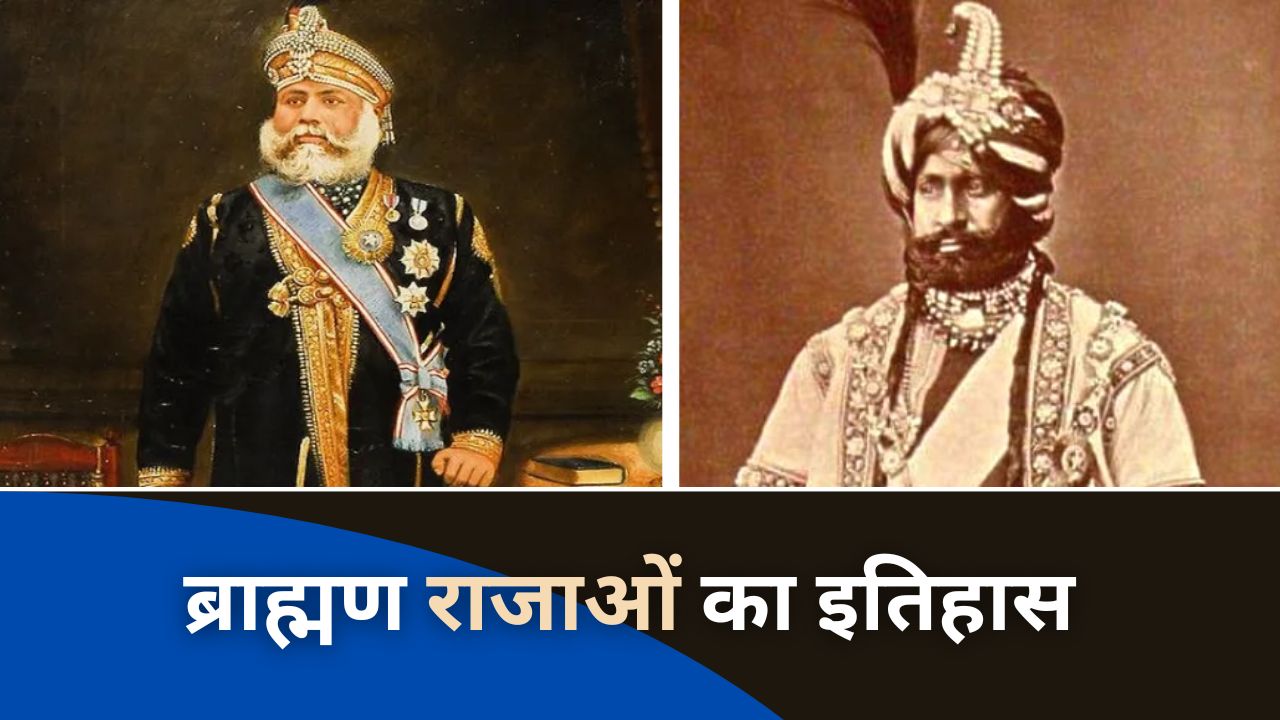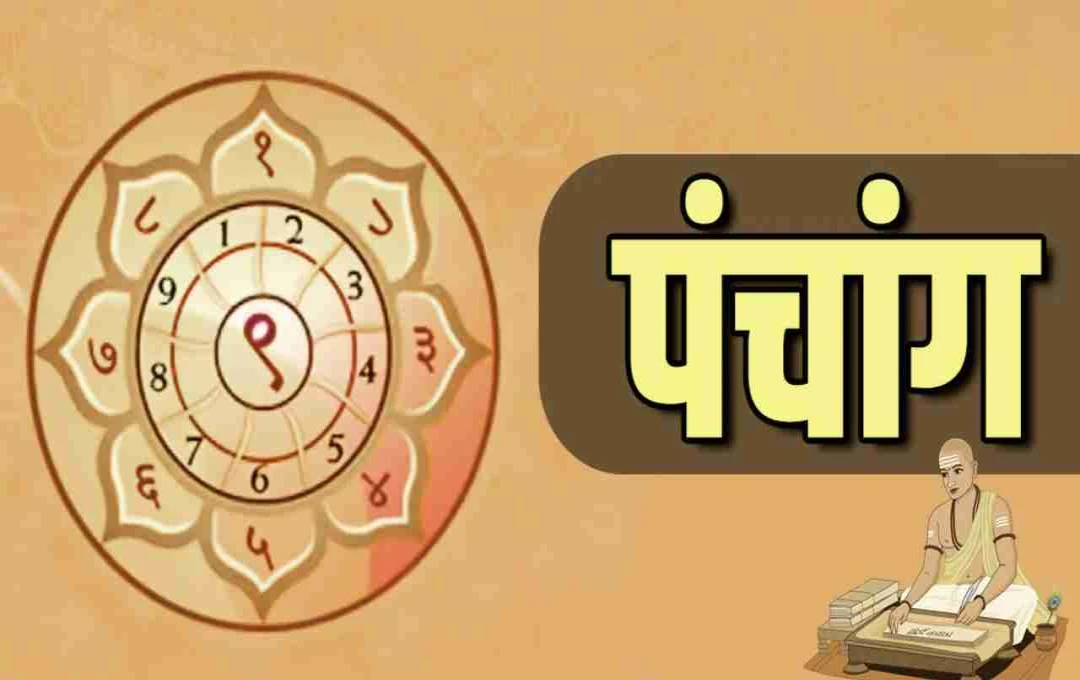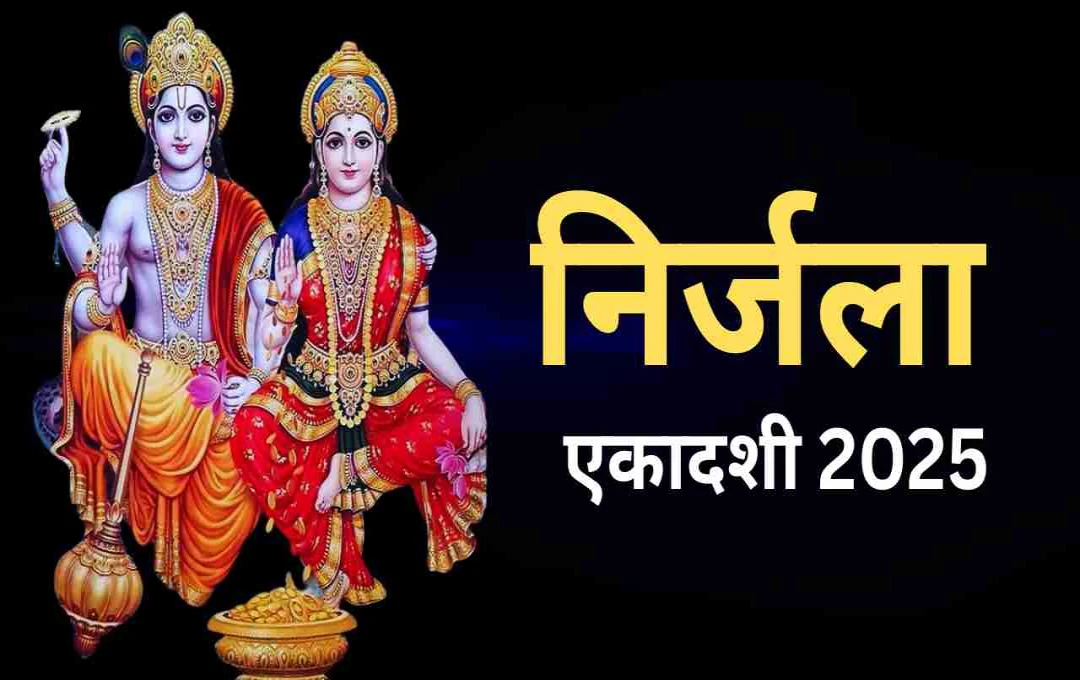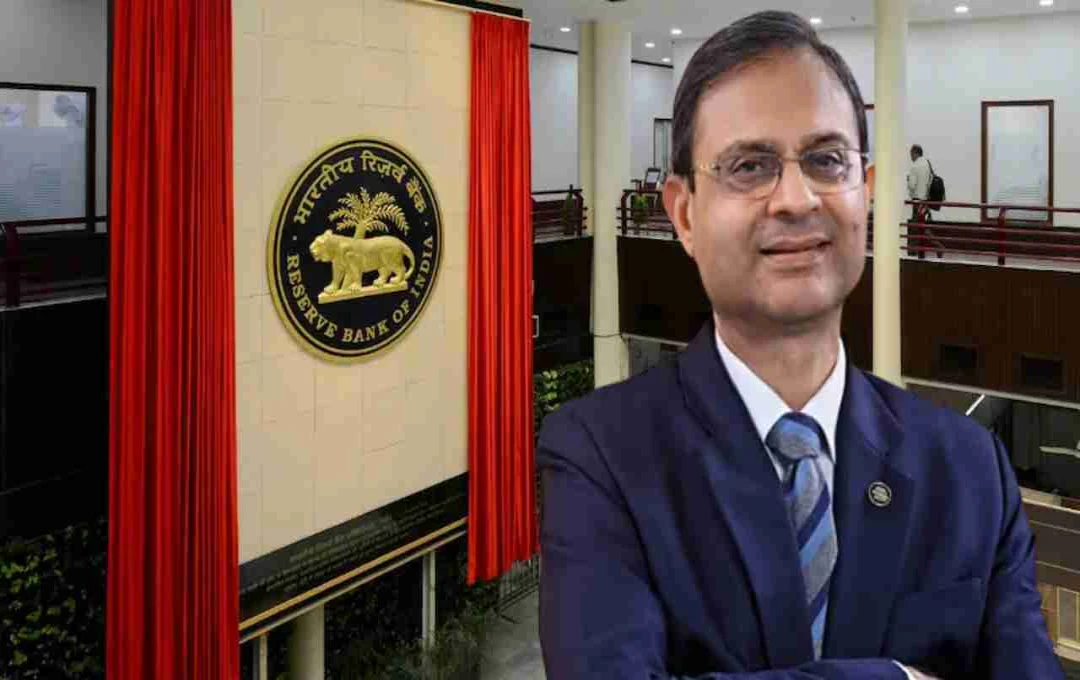A History of Brahmin Kings: A Comprehensive Overview
From the Vedic period, kings collaborated with Brahmins, relying on them for counsel. Brahmins emerged as a powerful and influential group in India. The history of the Brahmin community in India begins with the early Hindu religious beliefs of the Vedic tradition, now referred to as Sanātana Dharma.
The Vedas served as the primary source of knowledge for Brahminical traditions. Most Brahmins drew inspiration from the Vedas. However, Brahmins also held considerable political power in the country. After the decline of the Mauryan empire, Brahmin empires rose to power. Key ruling dynasties during this period included the Shunga, Kanva, Andhra Satavahana, and Vakataka.
The Shunga Dynasty (185 BCE to 73 BCE)
This dynasty was established in 185 BCE when the Brahmin general Pushyamitra Shunga assassinated the last Mauryan emperor, Brihadratha. The Shunga dynasty ruled for approximately 112 years. The Shunga rulers established Vidiśā as their capital. Key sources of information about the Shunga dynasty include the works of Bāṇabhaṭṭa (Harshacharita), Patañjali (Mahābhāṣya), Kālidāsa (Mālavikāgnimitra), Buddhist texts like the Divyāvadāna, and the writings of the Tibetan historian Tārānātha.
Pushyamitra Shunga engaged in two battles against the Greeks during his approximately 36-year reign. Both times, the Greeks were defeated. The severity of the first Greco-Indian war is mentioned in the Gārgi Samhitā. The second Greco-Indian war is described in Kālidāsa's Mālavikāgnimitra. In this war, it is possible that Pushyamitra Shunga's grandson Vasumitra represented the Shunga army, while Menander represented the Greeks. Vasumitra defeated Menander on the banks of the Indus River. Pushyamitra Shunga performed two Ashvamedha sacrifices. Patañjali was the chief priest for these rituals. During the reign of the Shunga rulers, Patañjali authored his Mahābhāṣya, a commentary on Pāṇini's Aṣṭādhyāyī.
Manusmṛti was composed by Manu during the Shunga period. Pushyamitra Shunga had the Bharhut stupa constructed. The last ruler of the Shunga dynasty was Devabhūti. His assassination in 73 BCE led to the establishment of the Kanva dynasty.
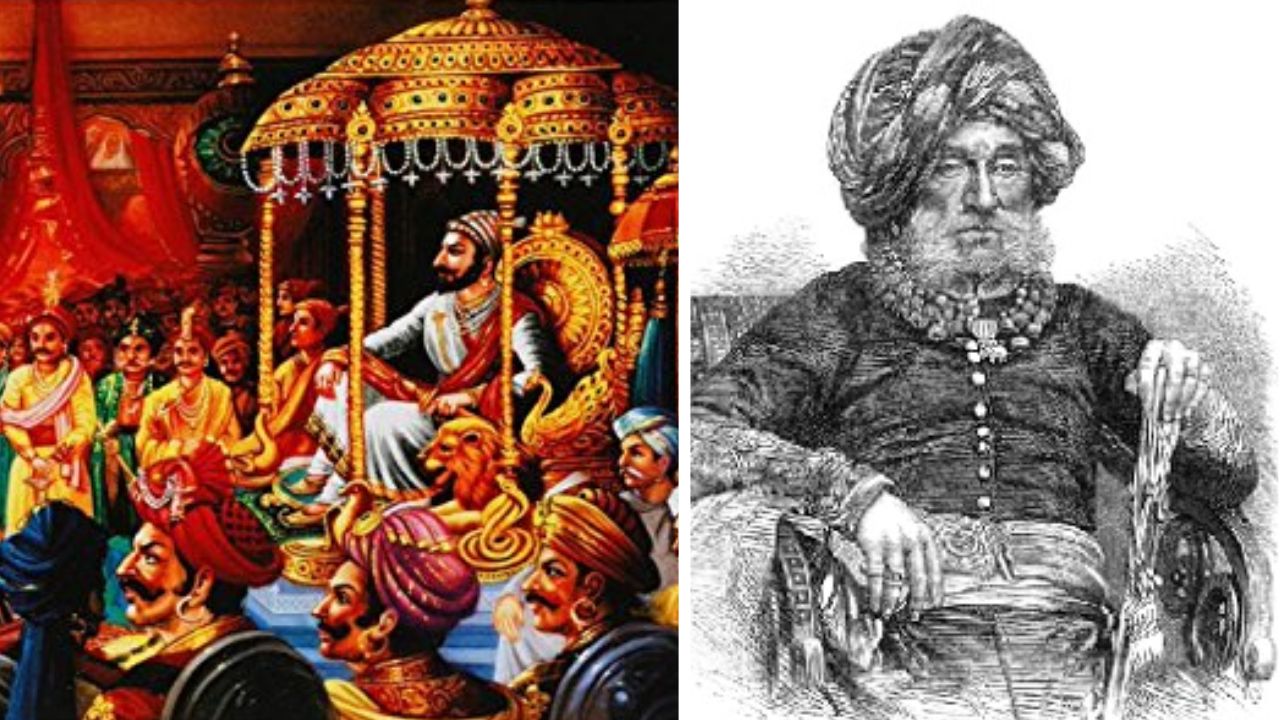
The Kanva Dynasty (73 BCE to 28 BCE)
The Kanva dynasty was established when Vasudeva, a minister of the last Shunga king Devabhūti, assassinated him in 73 BCE. Detailed information about the Kanva rulers is scarce. Some coins bearing the name Bhūmimitra suggest they were issued during this period. The territories under the Kanvas during their rule extended to parts of Bihar and eastern Uttar Pradesh.
The Andhra Satavahana Dynasty (60 BCE to 220 CE)
The Puranas refer to this dynasty as the Andhra-Bhrtya or the Andhra people. This suggests that at the time of the compilation of the Puranas, the Satavahana rule was primarily confined to Andhra Pradesh. The term "Shalivāhana" also appears in their inscriptions. The Satavahana dynasty is attributed to Simuka, who assassinated the last Kanva ruler, Susarman, around 60 BCE. Simuka is referred to in the Puranas as Sindhu, Shishuka, Shiprāka, and Vṛṣala. Following Simuka, his younger brother Krishna (Kanha) ascended the throne. During his reign, the Satavahana empire expanded from western Maharashtra to Nashik.
Krishna's successor and heir, Satakarni I, was a significant ruler of the Satavahana dynasty. Important information about his reign is found in inscriptions from sites like Nanaghat and Nānāghāṭ. Satakarni I performed two Ashvamedha sacrifices and one Rajasuya sacrifice, assuming the title of emperor. He also held titles such as Dakshināpathipati and Apratihata Chakra. He made Pratiṣṭhāna (modern Paithan) his capital on the banks of the Godavari River.
A great poet and literary figure named Hāla flourished during the Satavahana period. His period is generally considered to be from 20 BCE to 24 CE. Hāla authored the Gāthāsaptashatī, a work in the Prakrit language. Prominent grammarians like Guṇāḍhya and the Sanskrit grammarian Kāṭayantra were present in Hāla's court. The language and script of the Satavahanas were Prakrit and Brahmi, respectively. The Satavahanas issued coins made of silver, copper, lead, potin, and bronze. They also initiated the practice of granting land to Brahmins. The society under the Satavahanas was matrilineal.
The construction of the Karle Caves, Ajanta Caves, and Ellora Caves, along with the development of Amaravati art, occurred during the Satavahana period.
The 13th year of Kharavela's reign was spent on religious activities. This resulted in the construction of a temple for the Arhats on Kumari mountain. Kharavela, though a Jain, also maintained a policy of religious tolerance towards other faiths.
Kharavela is also known as a King of Peace and Prosperity, a Monk Emperor, and a Dharma King.
